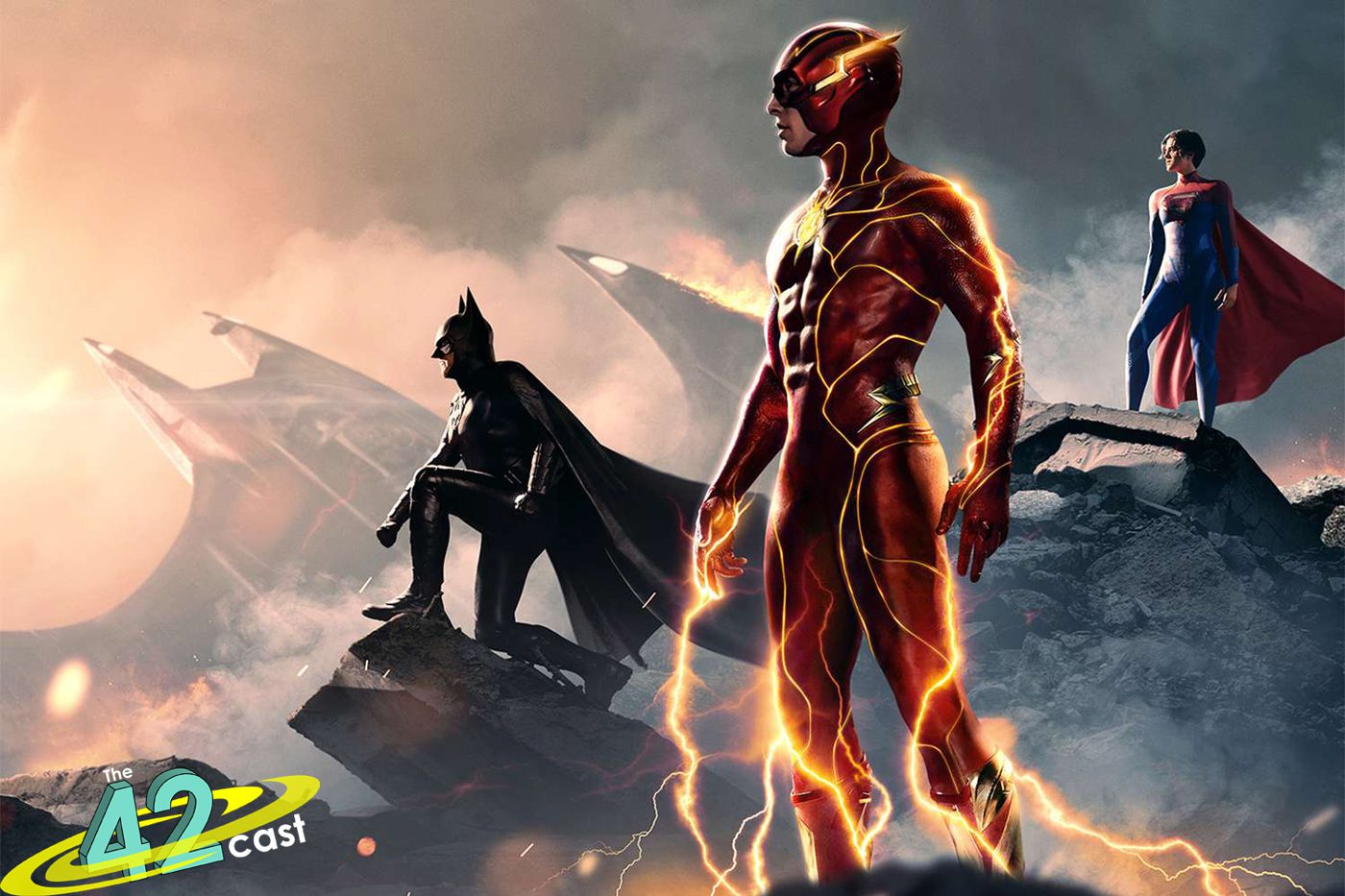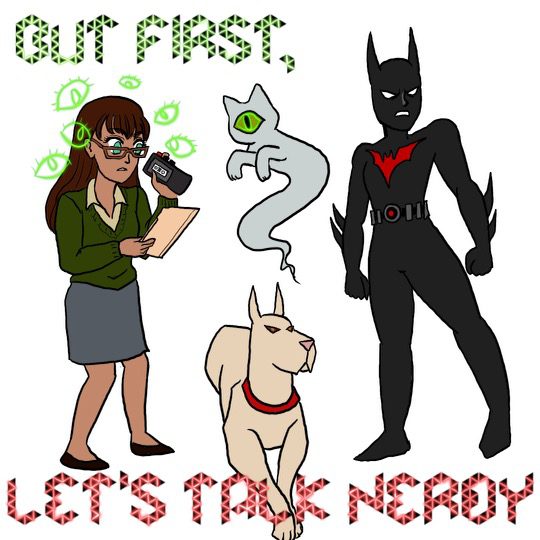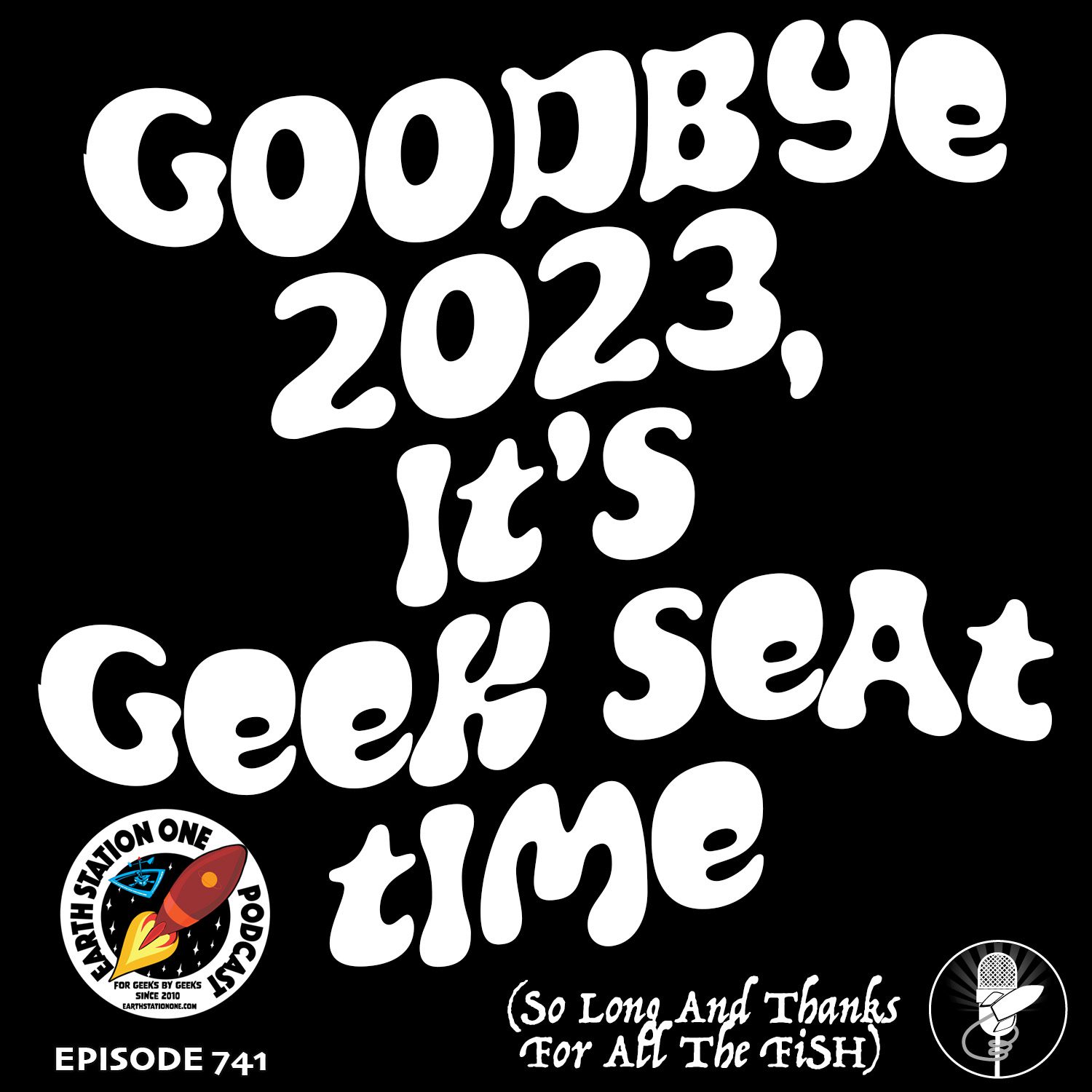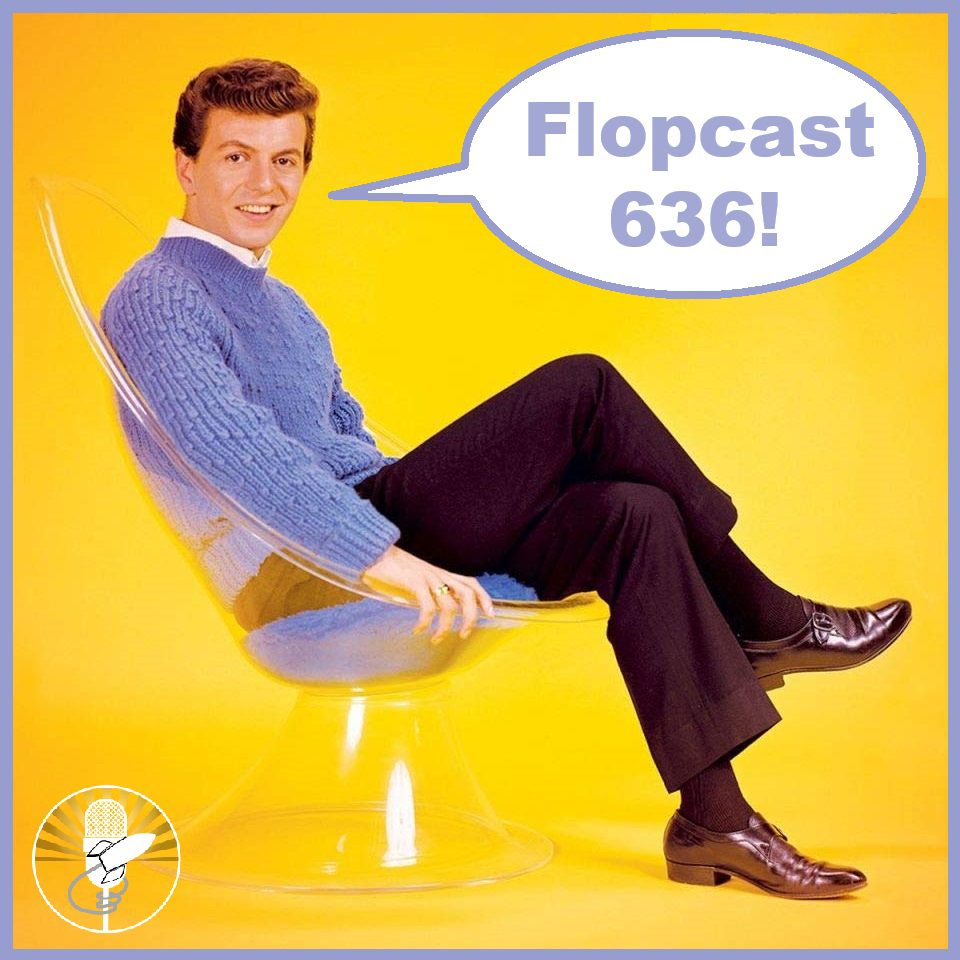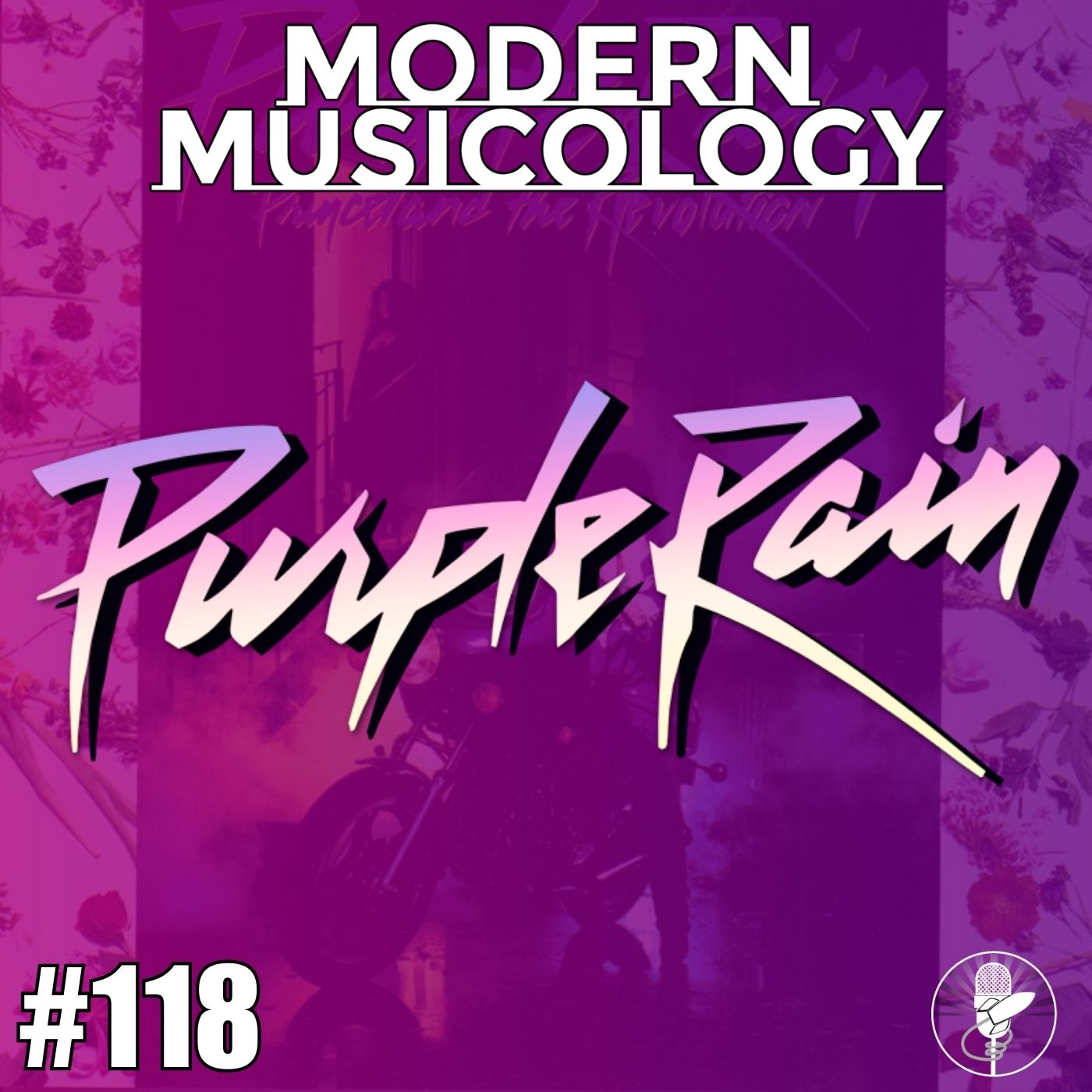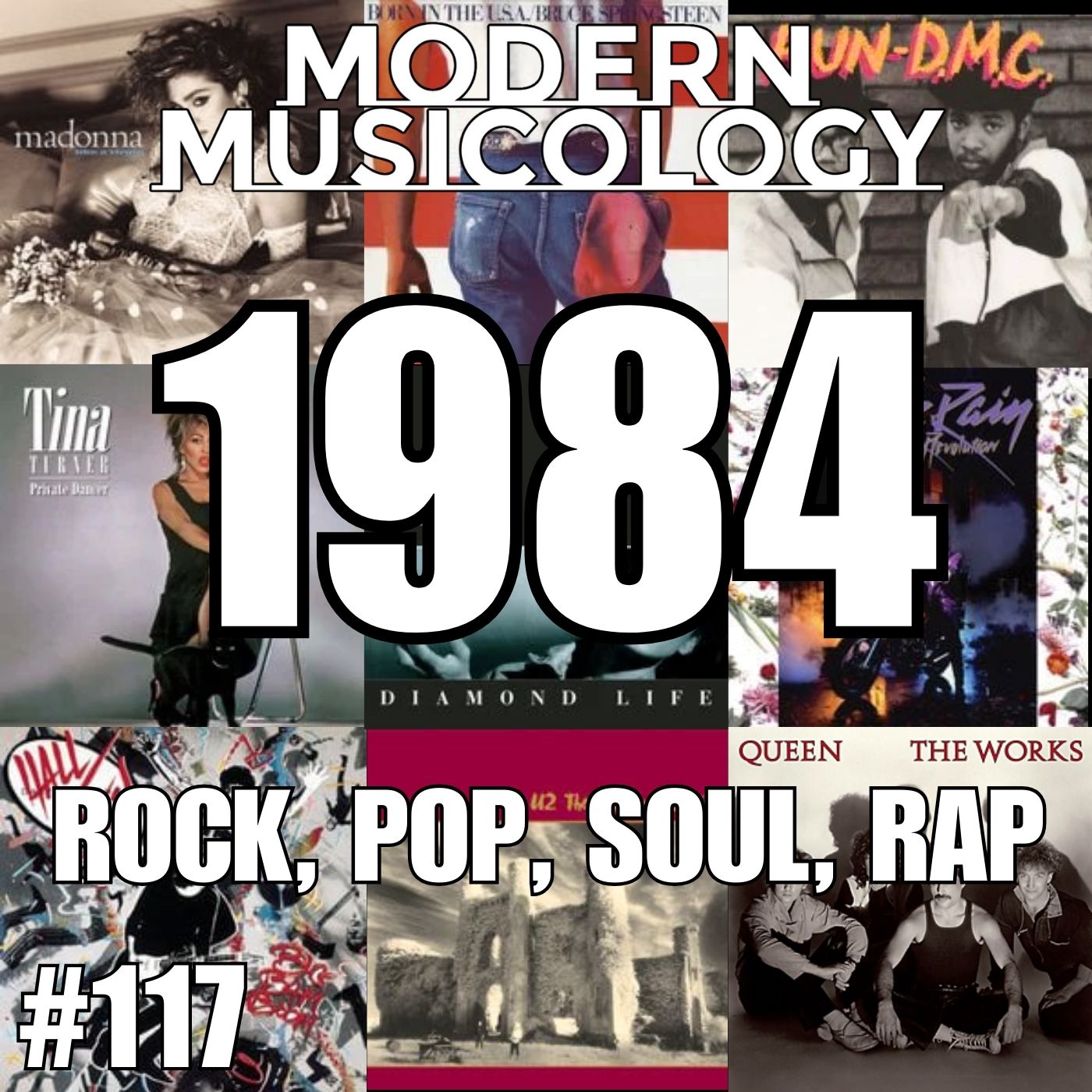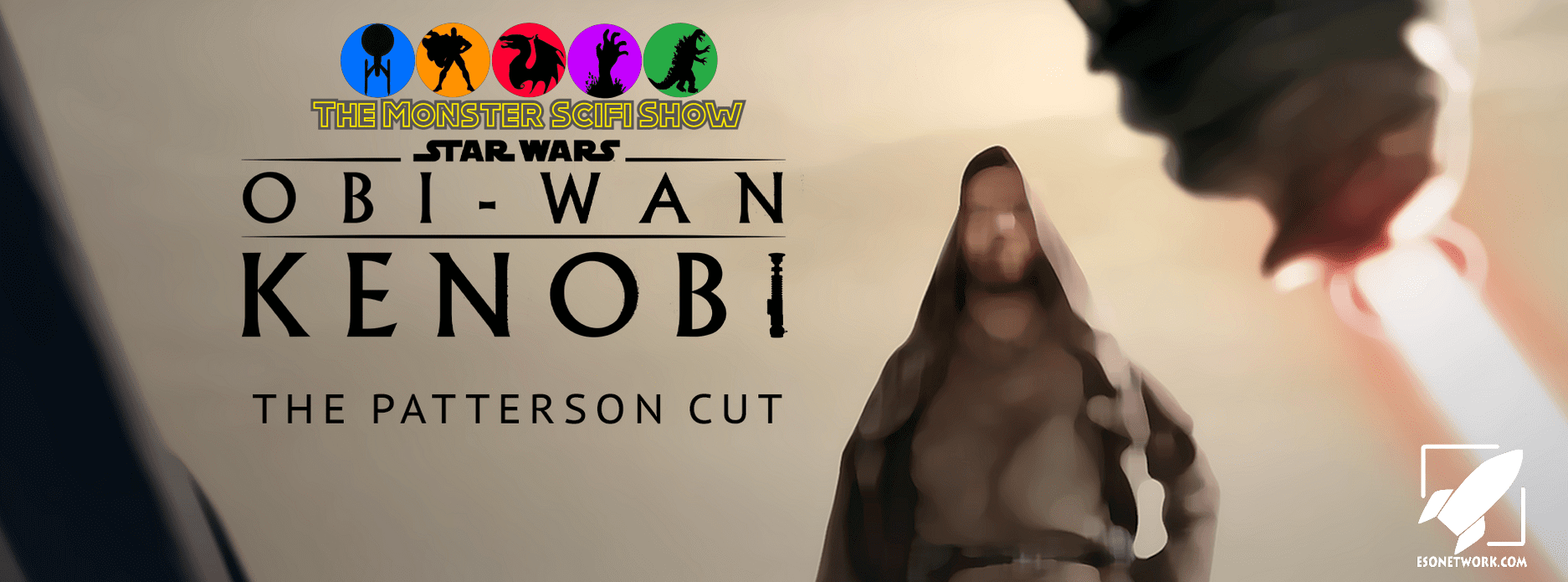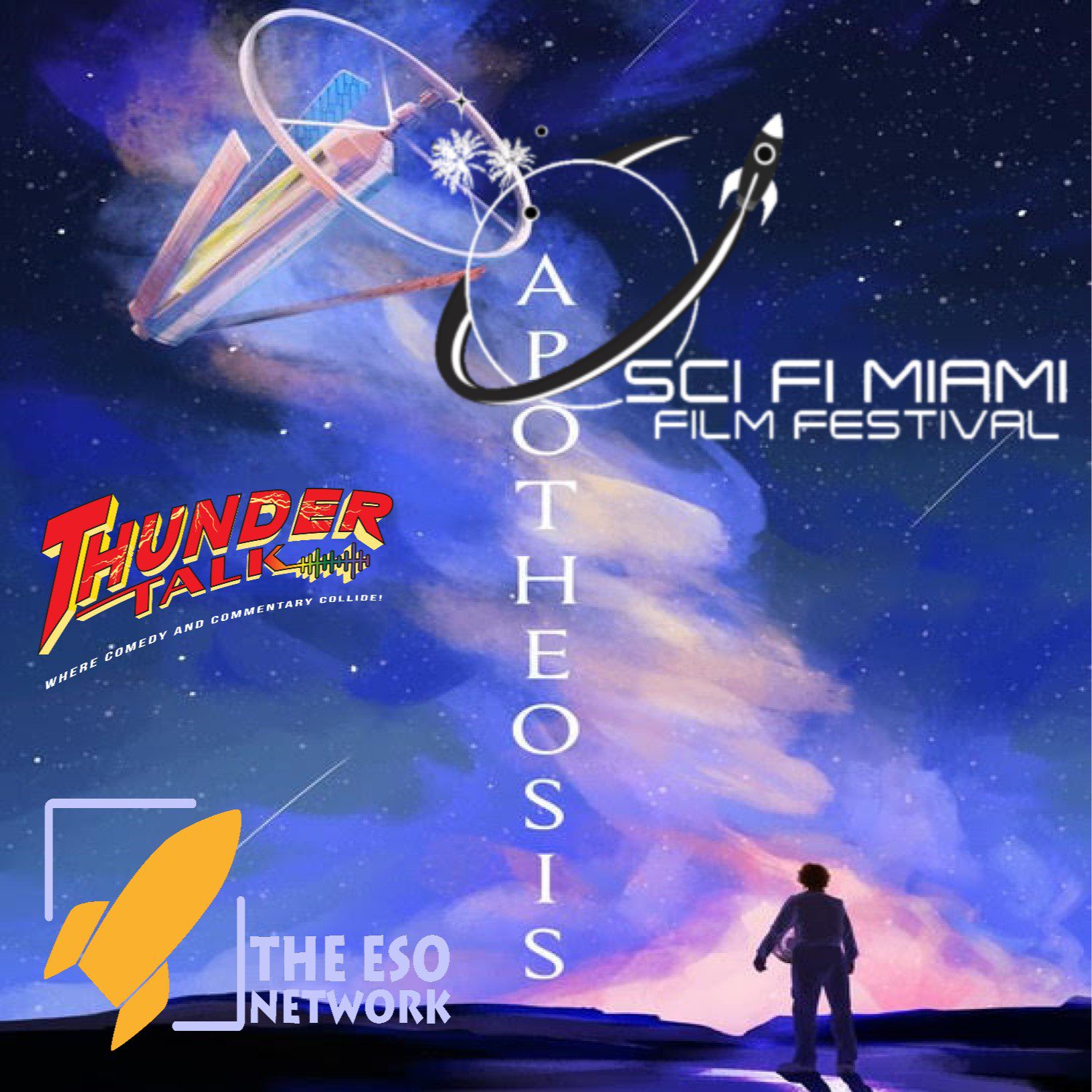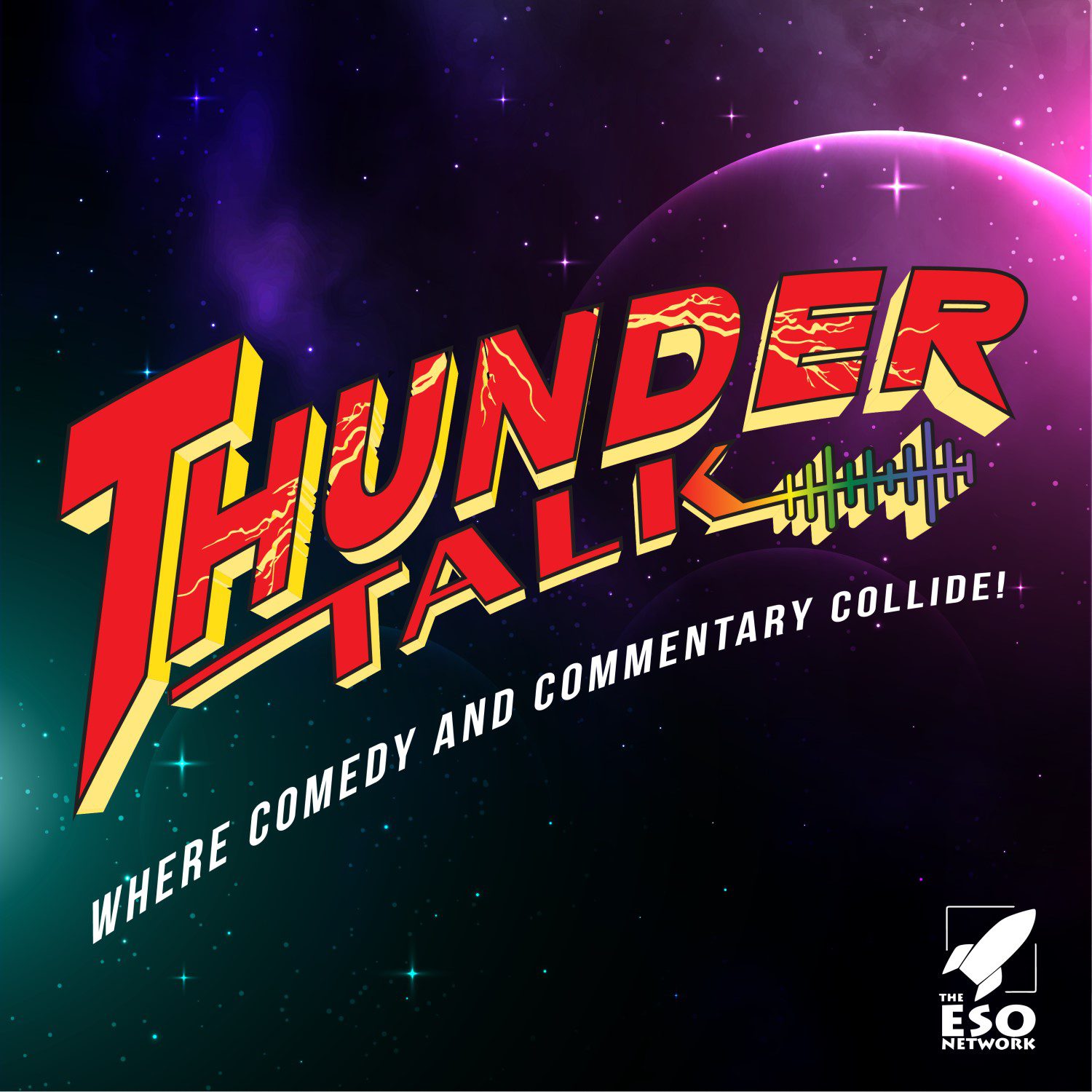
by Mark Seifert, Source: Bleeding Cool
If you’re a film fan, you’re probably familiar with the image at right. It is likely the most famous image associated with one of the most important films of all time – Fritz Lang‘s Metropolis. It was created by Heinz Schulz-Neudamm for the German 3-Sheet movie poster you see here, and it might surprise you to know that there are only 4 copies of this poster known to exist. Of these four copies, one is in the Museum of Modern Art, one is in the Austrian National Library Museum, another is rumored to be owned by Leonardo DiCaprio, and then there’s the one shown here — which has already set the world record for a movie poster sale when it changed hands for $690,000 in 2005.
It is up for sale now at Movie Poster Exchange. Can this copy of the Metropolis German 3-Sheet break its own record?
The question intrigued me, because I know quite a bit about the vintage comics market but very little about movie posters. In the time since this poster set the world record for movie posters in 2005, the world record for a comic book sale has jumped from $350,000 to $2.16 million. Apples and oranges? Very likely, but when one of the people behind this offering, Sean Linkenback, sent me a notice that he and partner Peter Contarino were launching a new venue for collectors to buy and sell posters, I wanted to dig a little deeper into how this market works and where it’s going.
Linkenback also knows the vintage comic market well. When I was getting into vintage comics in the late 1980s, he was writing market reports for the old Oversteet Comic Book Price Update — in those pre-internet times a treasure trove of information on how that market works. Since he understands both markets, I decided to pick his brain about how the movie poster market works, how it is differs from the vintage comics market, and how his startup intends to address the challenges that the growing market currently faces.
Bleeding Cool: Let’s start with a little background on the Metropolis poster. When I saw this poster, I recognized it as one of the most famous images we now associate with the film. Is this German 3-sheet the original use of this art/design? Was this design used in other versions of the poster for other countries?
Sean Linkenback: Yes, this poster is the original use of this art. It was designed by Heinz Schulz-Neudamm and used only for the 3-sheet (both the German and International version). The International version is the one we are offering, it is identical to the German one except that it does not have the German credits printed on the poster. The copy in the Austrian National Library Museum is a “credits” version, and I guess the argument could be made it might even be more valuable than this, but since the museum isn’t selling we will likely never know.
Most countries created their own posters for the film and were not forced by UFA to use the German designs. There is an excellent site here that shows many of these designs. Interestingly there isn’t even a US one-sheet known on this film. There is a half sheet and an insert and several lobbies, but I don’t even think a complete set of the lobbies exist.
What makes this poster potentially the most valuable movie poster in the world? In comics, we have sort of a pecking order of what we consider historically important and a general idea of what’s rare, we see the supply/demand equation play out regularly in auctions, and I think these concepts have seeped into the mainstream to some extent. The average comic fan has a very general idea of what’s valuable and why, particularly in recent years as high-profile auctions have gotten major publicity. It strikes me as a little surprising, given the size of the audience, that I don’t think we could say the same about movie posters. This might be a tall order, but can you give me a general overview of what factors are important to poster collectors in terms of the importance of the film, rarity, versions of the poster, etc?
Posters aren’t as quite an exact science as comics. There isn’t an Action #1 equivalent, or even an Amazing Fantasy #15 equal when talking about 50s/60s posters. But there is a generally accepted pecking order and groupings as to what makes up the top tier posters, and for the most part they are almost all early Horror and Science Fiction titles.
Since the beginning of collecting, Universal Horror has been considered the top of the heap value-wise, with the one-sheets for their early films (Dracula, Frankenstein, Mummy, and Invisible Man) generally considered among the most expensive items in the hobby. The others that would comprise this core group are Metropolis (as the most famous and influential science fiction film ever) and the original King Kong. Sometimes an odd title pops on the list from time to time (Heritage sold a one-sheet for Flying Down to Rio for $239,000), but that core group generally comprises the Most Valuable list.
Part of the problem is overall rarity. For example, there are 5 copies of Action #1 on the CGC census right now graded 8.0 or higher, but there are only 4 copies known of this Metropolis poster in total. And the numbers are similar on the other movie titles, there are 8 copies known combined of the four different styles of Dracula, 7 copies of Frankenstein, 5 copies of the Mummy, etc. So where in comics you can count on seeing an Action #1 available every so often, in posters it can literally be years or even decades before copies of certain titles surface.
[ed. note: Since poster sizes and related terminology comes up frequently in this post, I asked Linkenback to give us a general overview:
In the US and UK, 3-sheets are 41″ x 81″, literally, the size of 3 one-sheets (27″ x 41″) turned on their side and stacked on top of each other.
Most other countries follow something close to this guideline, but because they are usually printed in more than one section (oddly enough most of the time two sections and not three), there can be size variations when the pieces are placed on top of each other, sometimes sections are printed full-bleed and meant to go exactly at the end of the other section, sometimes there is some blank white space at the end of one of the sections for theater owners to glue the opposite section to it, etc. And then just for fun, when the posters are linenbacked, the size could shrink or grow another 1/2″ to 1″ all around as the linen tightens or the paper relaxes as it’s wet. So it can be confusing.
The 6-sheets is also equal to two 3-sheets stacked next to each other (or 6 one-sheets stacked in two rows on their sides), half sheets are about half the size of a one-sheet and so on.
The dimensions were standardized fairly early on (up until about 1905 or so posters were all different sizes and mainly text) and really taken from circus advertising. Printers at that time mostly used lithography presses to print all advertising materials, and the size of the litho stone, which was known as the sheet, became the standard size for printing. The stone measured 28″x42″, so it would produce posters that were 27″x41″ and all other sizes were based on how many sheets (or portions of a sheet) were used to make them.]















